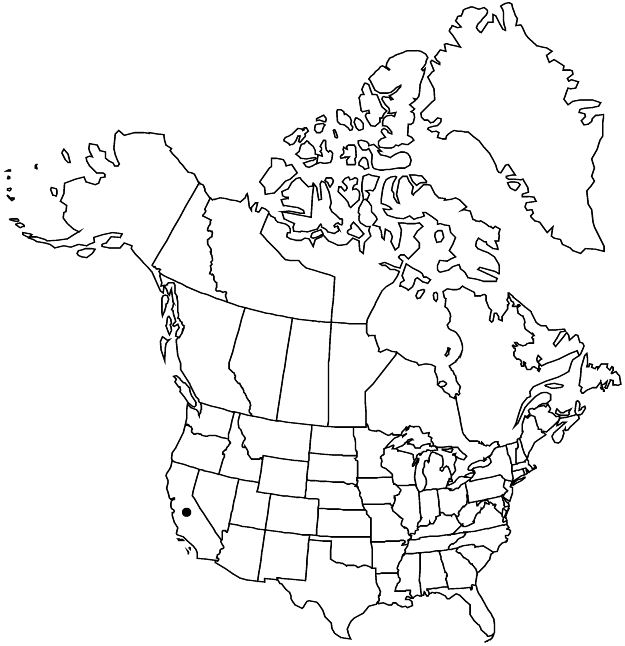Ceanothus leucodermis
Bull. Misc. Inform. Kew 1895: 15. 1895.
Shrubs, evergreen, 1.5–4 m. Stems erect, not rooting at nodes; branchlets light green or grayish green and glaucous, thorn-tipped, round in cross section, rigid, glabrous. Leaves: petiole 3–7 mm; blade flat, ovate to oblong-elliptic, 5–30 × 3–15 mm, base rounded to subcordate, margins usually entire to minutely glandular-serrulate, rarely serrate, glands 16–20, apex acute to obtuse, abaxial surface grayish green, glaucous, glabrous, adaxial surface green, ± glaucous, dull, usually glabrous, sometimes appressed villosulous; 3-veined from base. Inflorescences axillary, usually paniclelike, sometimes racemelike, (3–)5–15 cm. Flowers: sepals, petals, and nectary white to blue. Capsules 3–5 mm wide, lobed; valves smooth, viscid, not crested. 2n = 24.
Phenology: Flowering Apr–Jun.
Habitat: Rocky slopes, chaparral, oak woodlands, conifer forests.
Elevation: 200–1800 m.
Distribution

Calif., Mexico (Baja California).
Discussion
Ceanothus leucodermis is a common, often dominant species of chaparral in the mountains of central and southern California. This species is notable in producing serrate to serrulate leaves on stump sprouts following fire (M. Van Rensselaer and H. McMinn 1942). Putative hybrids and advanced generation intermediates with C. oliganthus occur throughout the southern Coast and Transverse ranges of California (McMinn 1944).
Selected References
None.